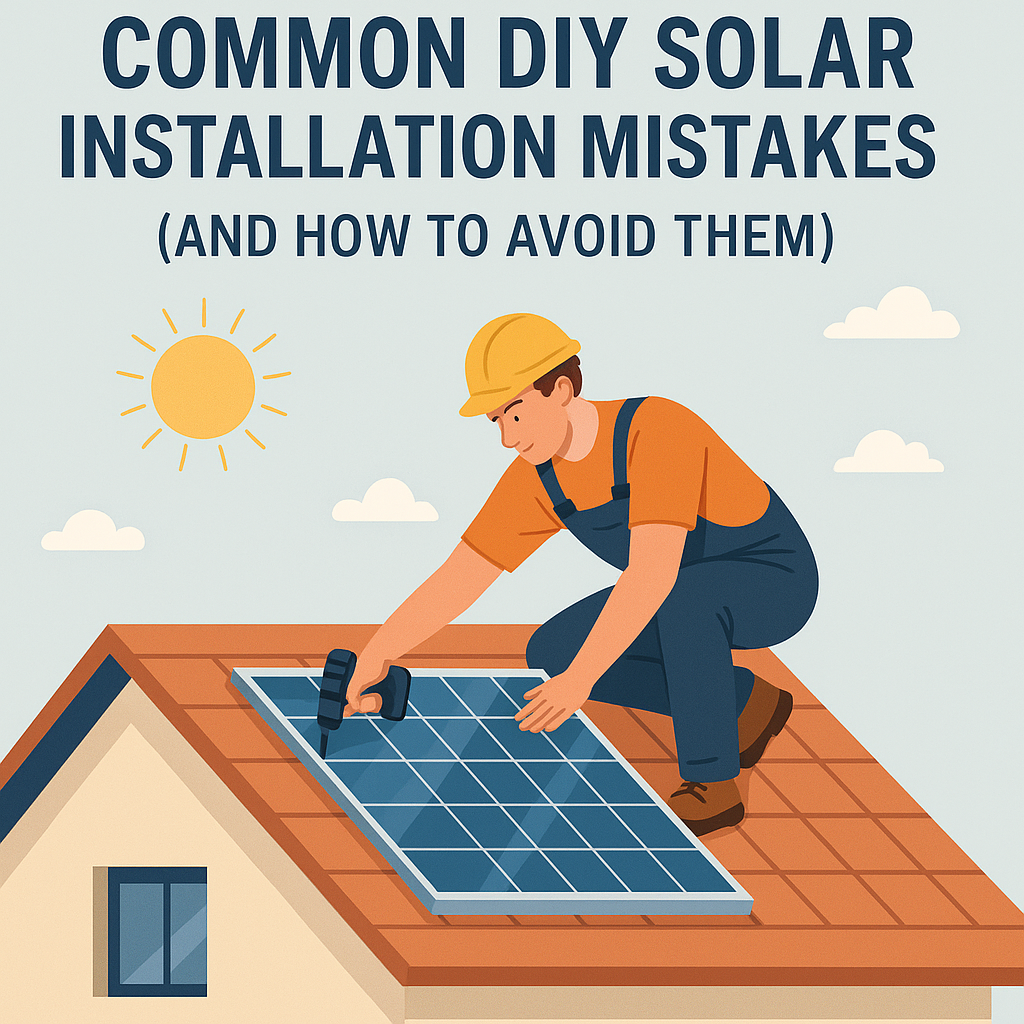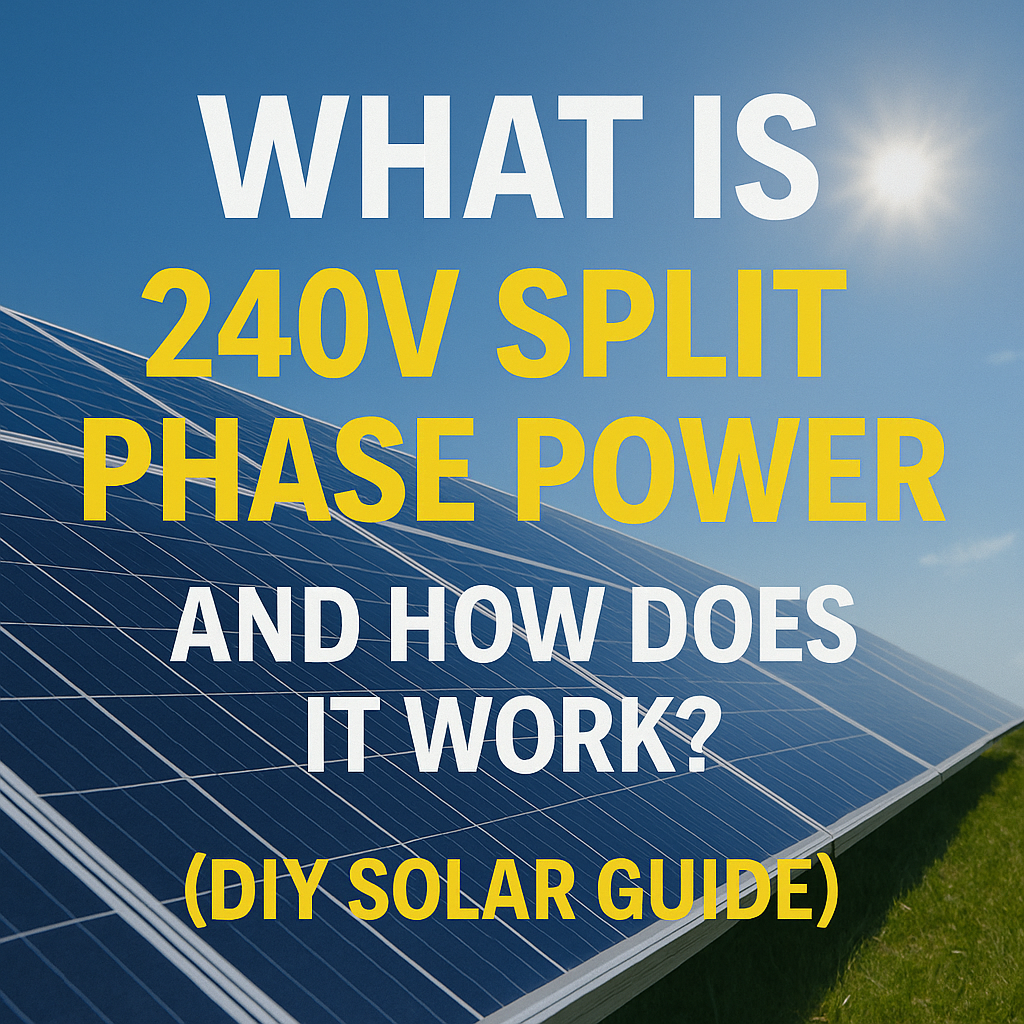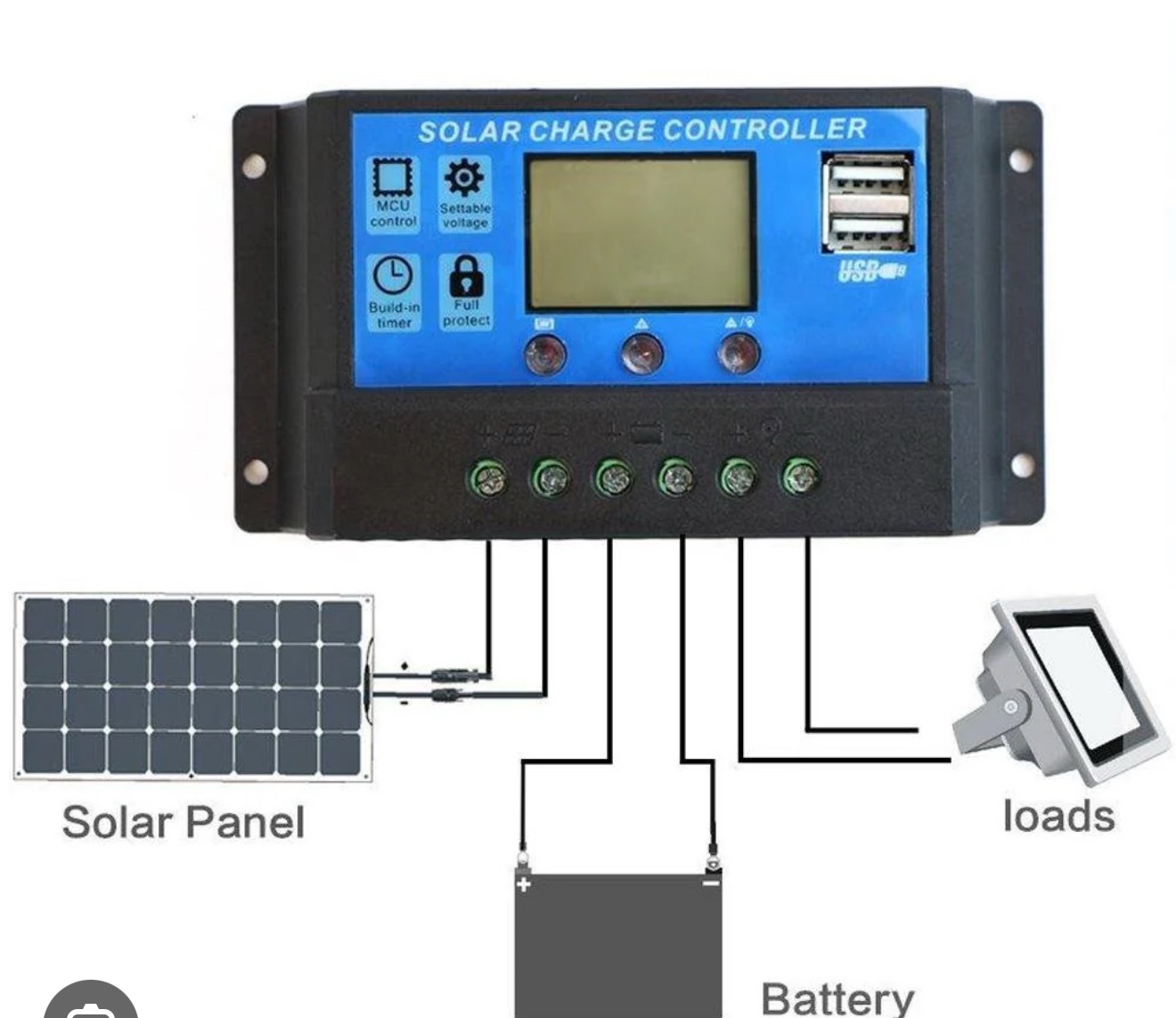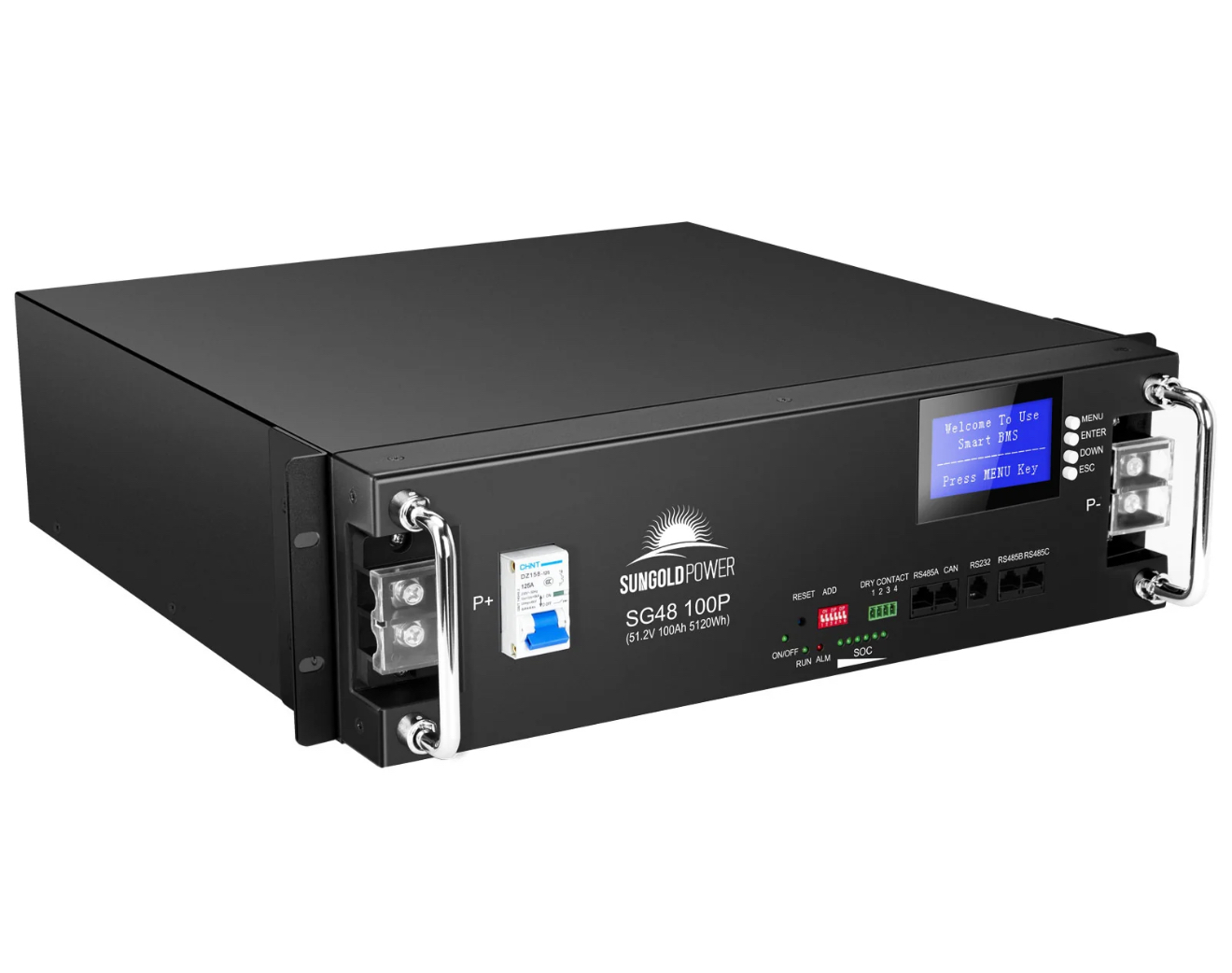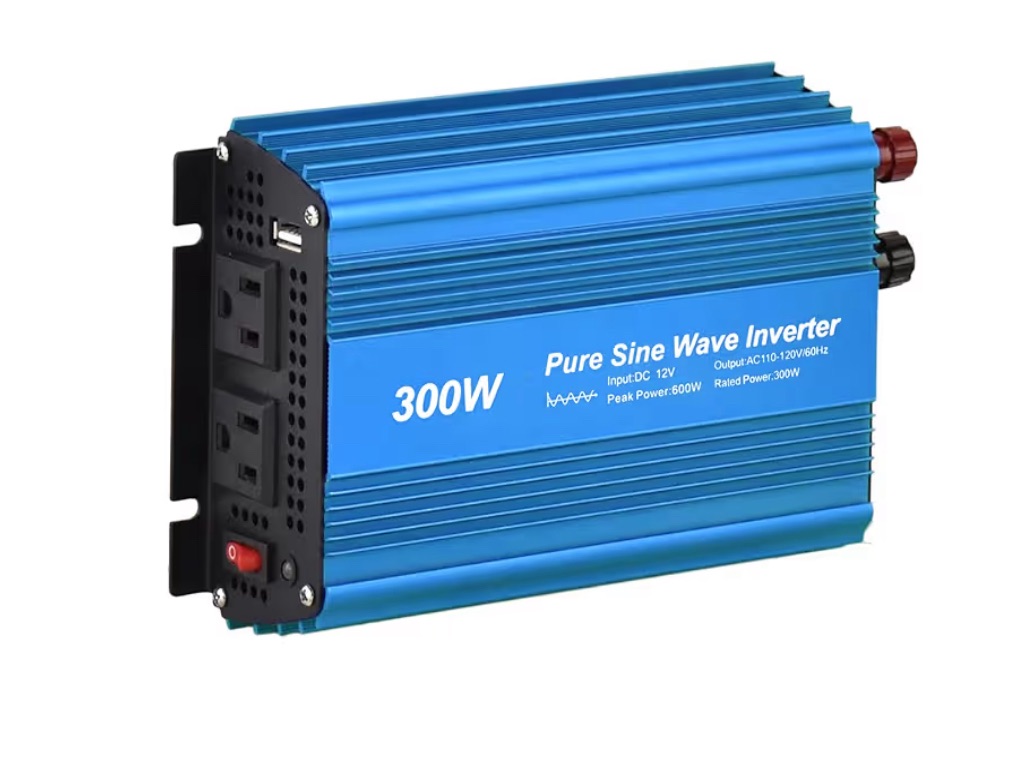Let’s get the basics right
Category: Solar Basics
Installing your own solar power system is incredibly rewarding—you gain energy independence, save on electricity bills, and gain hands-on knowledge about how solar works. But even well-researched DIY solar enthusiasts can fall into some common traps that lead to inefficient systems, safety hazards, or expensive repairs.
In this post, we’ll walk you through the most common DIY solar installation mistakes and give you tips to avoid them like a pro.
1. Undersizing or Oversizing Your System
The Mistake:
Many beginners either oversize their system thinking “more is better” or undersize it to save money—only to find out it doesn’t meet their energy needs.
How to Avoid It:
Start by analyzing your actual power usage. Use a solar calculator to size your panels, batteries, and inverter properly. Consider your future expansion plans—but don’t go overboard unless you have the storage and usage to match.
2. Using Mismatched Components
The Mistake:
Mixing incompatible batteries, panels, or inverters can cause poor system performance, safety risks, or complete failure.
How to Avoid It:
Ensure voltage and current ratings match. Stick to components designed to work together—especially for battery chemistry, voltage, and charging requirements.
3. Incorrect Wire Size
The Mistake:
Using wires that are too small causes voltage drop, overheating, and fire risks.
How to Avoid It:
Use the correct wire gauge based on current load and wire length. Use an online wire size calculator to be safe.
4. Poor Grounding and Bonding
The Mistake:
Skipping grounding because it “seems optional” or not understanding bonding requirements.
How to Avoid It:
Always ground your system. Use a grounding rod and ensure all metal frames and enclosures are bonded.
5. Skipping Overcurrent Protection
The Mistake:
Not installing fuses or breakers between key components.
How to Avoid It:
Install appropriately sized fuses or DC-rated breakers between panels, charge controllers, batteries, and inverters.
6. Incorrect Panel Orientation and Tilt
The Mistake:
Panels installed at the wrong angle or direction lower your energy production.
How to Avoid It:
In the U.S., panels should face true south. Adjust tilt based on your latitude and use a solar pathfinder app to check for shading.
7. Not Planning for Expansion
The Mistake:
Building a system with no room to grow.
How to Avoid It:
Choose expandable components: scalable inverters, charge controllers, and battery banks.
8. Neglecting System Monitoring
The Mistake:
Not monitoring performance means you won’t catch issues early.
How to Avoid It:
Use a battery monitor and mobile apps to track energy use and performance trends.
9. Improper Battery Storage or Ventilation
The Mistake:
Batteries in poorly ventilated or temperature-unstable areas can fail or become dangerous.
How to Avoid It:
Store batteries in a ventilated, dry, and temperature-stable space. Lead-acid batteries need ventilation; lithium batteries need temperature control.
10. No Safety Shutoff or Disconnects
The Mistake:
No way to quickly shut down the system in an emergency.
How to Avoid It:
Install DC disconnects and AC breakers at critical points. Label everything clearly.
Final Thoughts
DIY solar is totally achievable with the right planning and attention to detail. Most of the issues above can be completely avoided with research and safe practices.
Need help sizing or wiring your DIY solar setup?
Check out our other guides:
👉 How to Connect Solar Panels to Batteries and an Inverter (With Diagrams)
👉 How to Add More Batteries to Your Off-Grid Solar System
👉 DIY Solar Panel Wiring: A Beginner’s Guide
Have a question or a mistake to share? Drop it in the comments below!
DIY Solar Setups – Helping You Power Up Smarter
Subscribe for more solar tips, guides, and project ideas delivered straight to your inbox.
